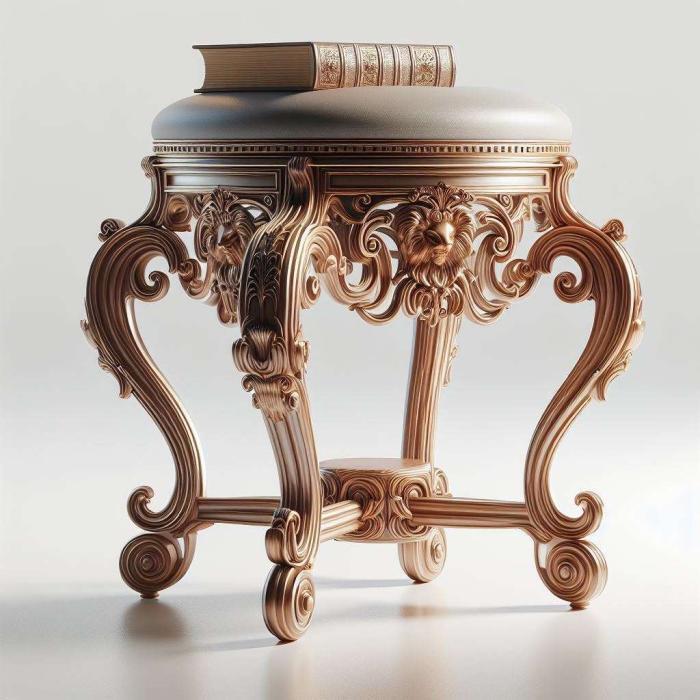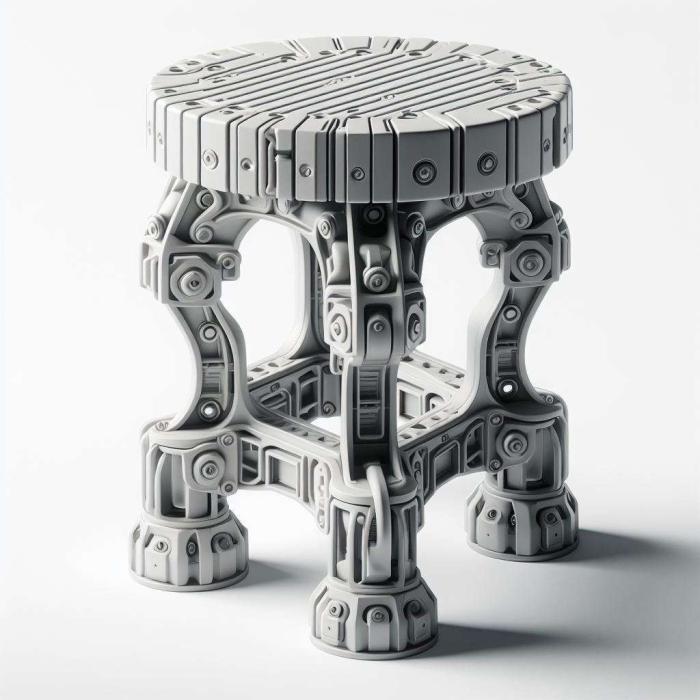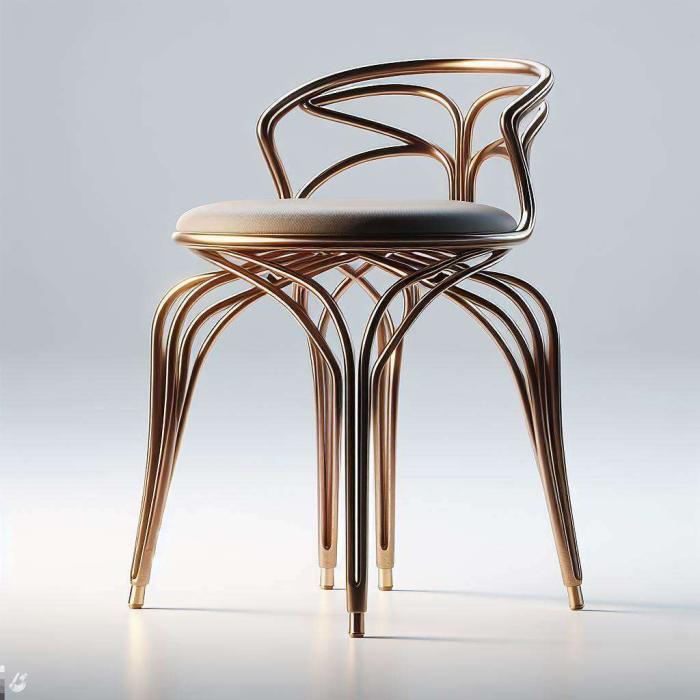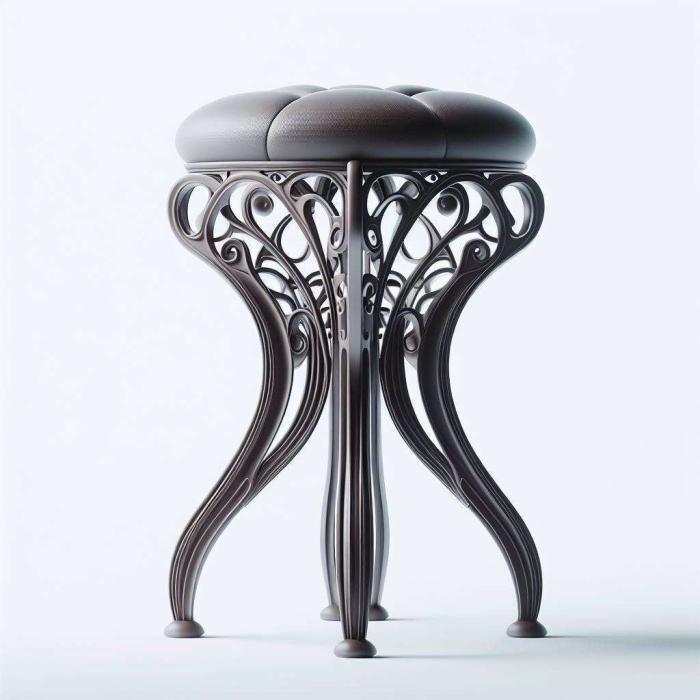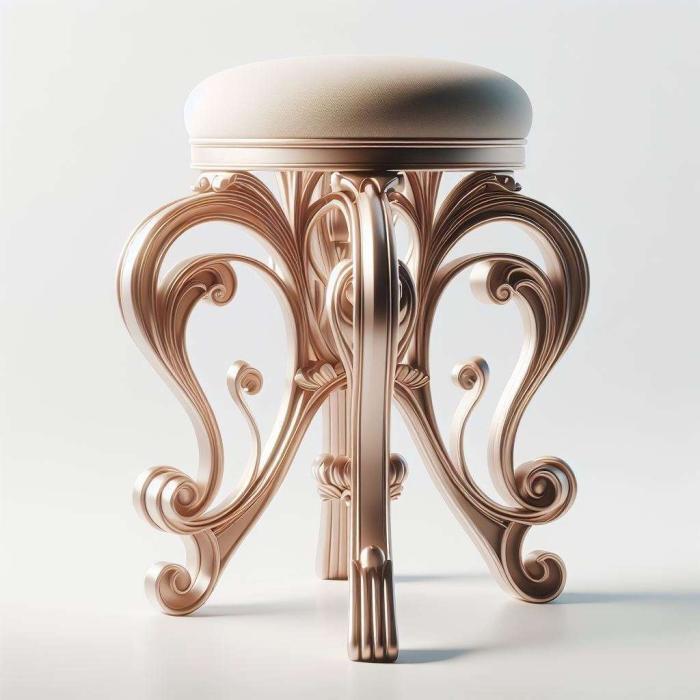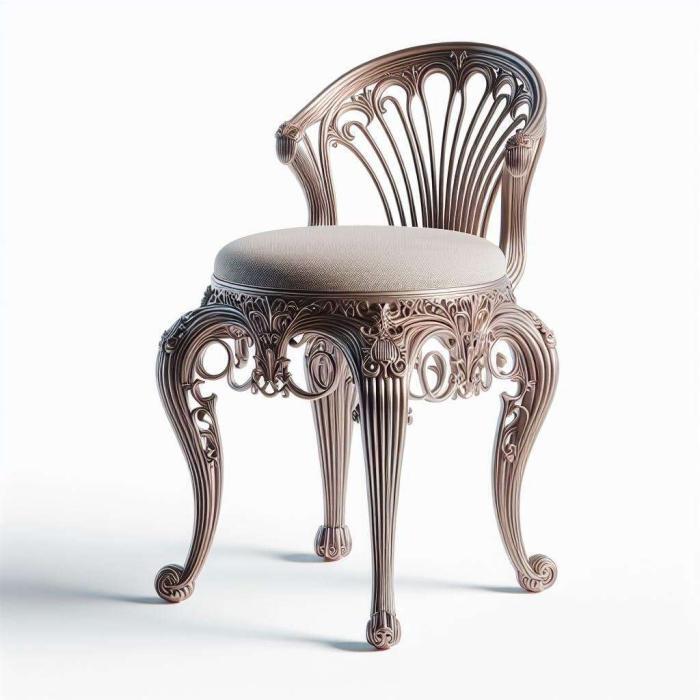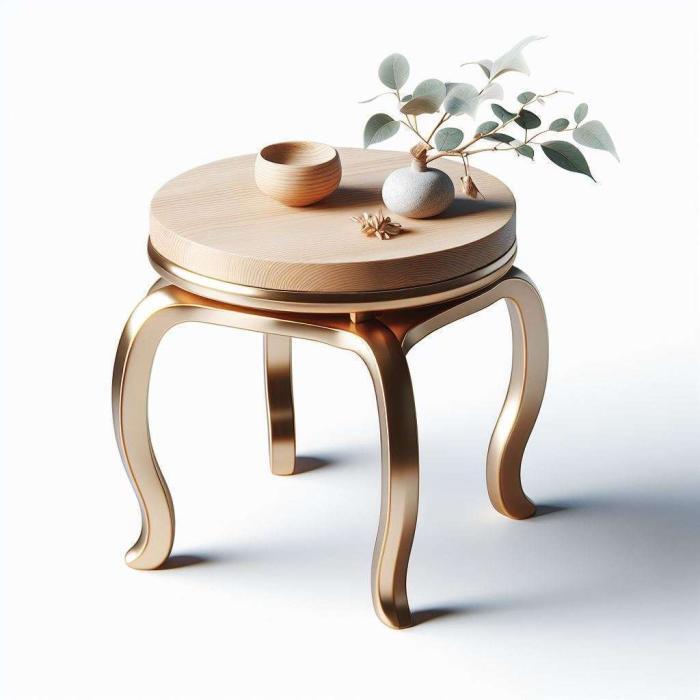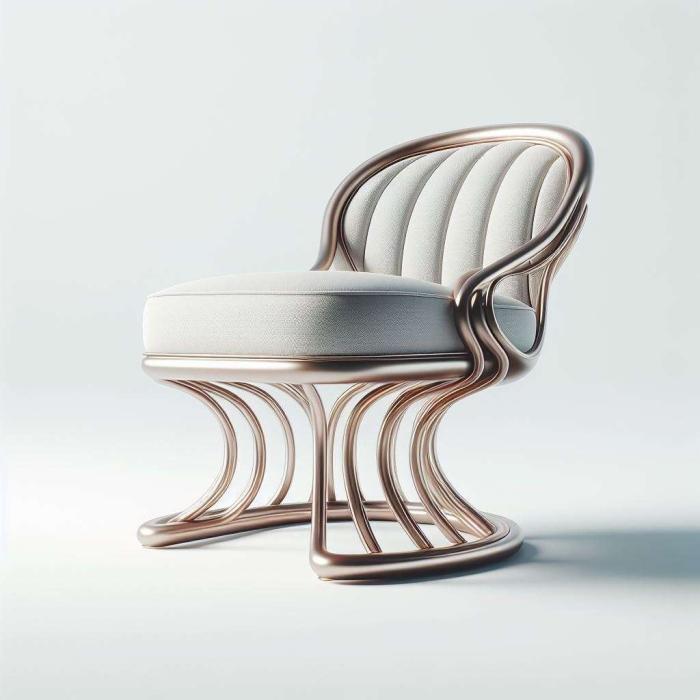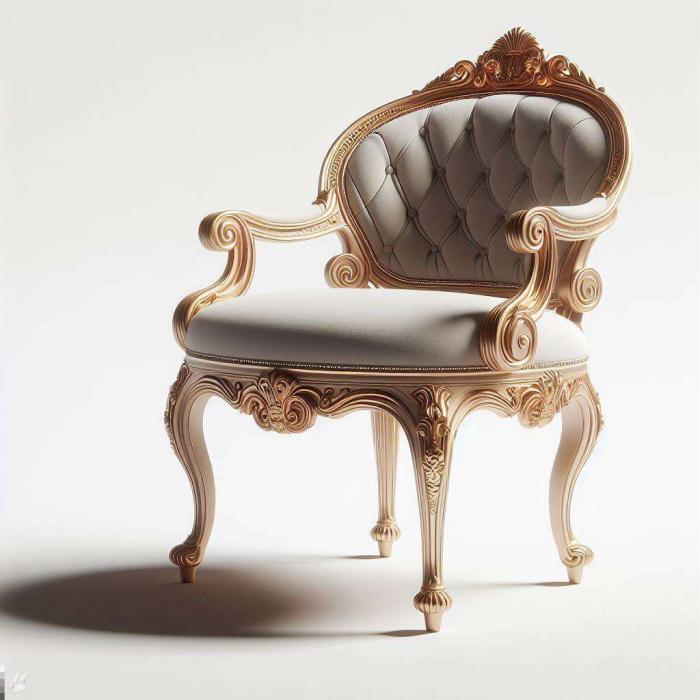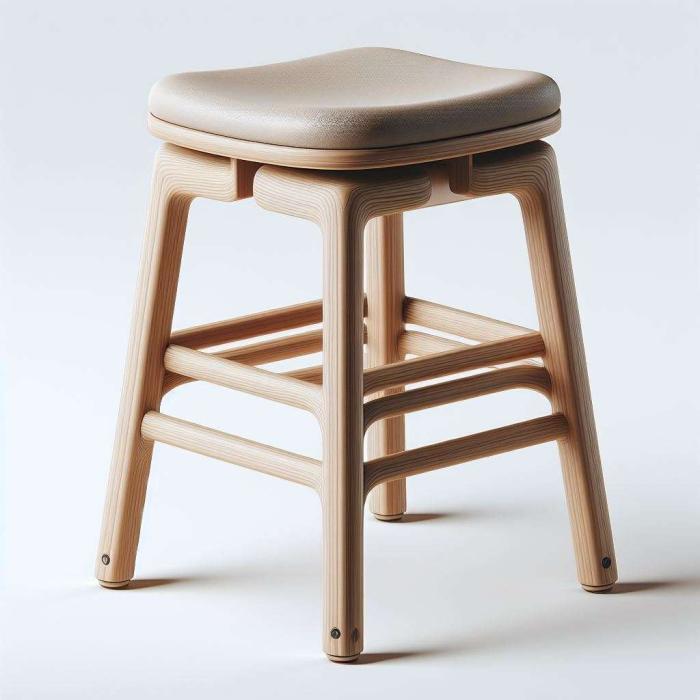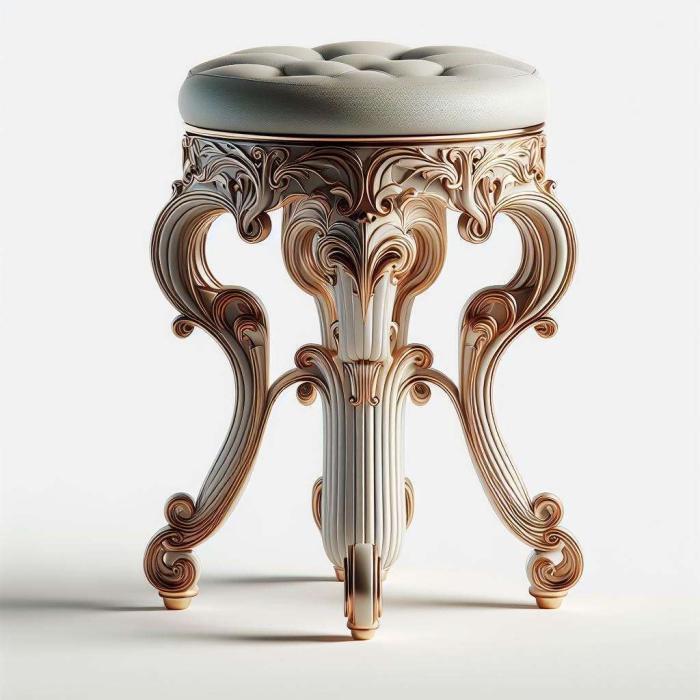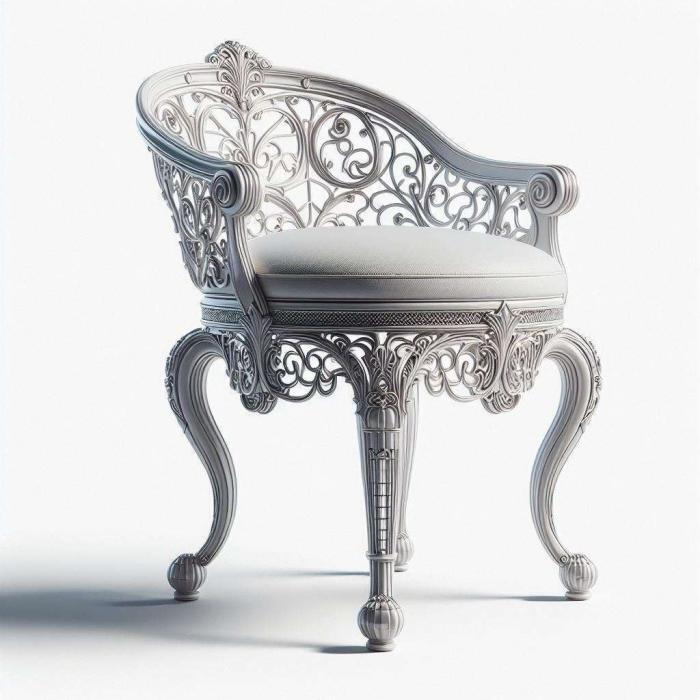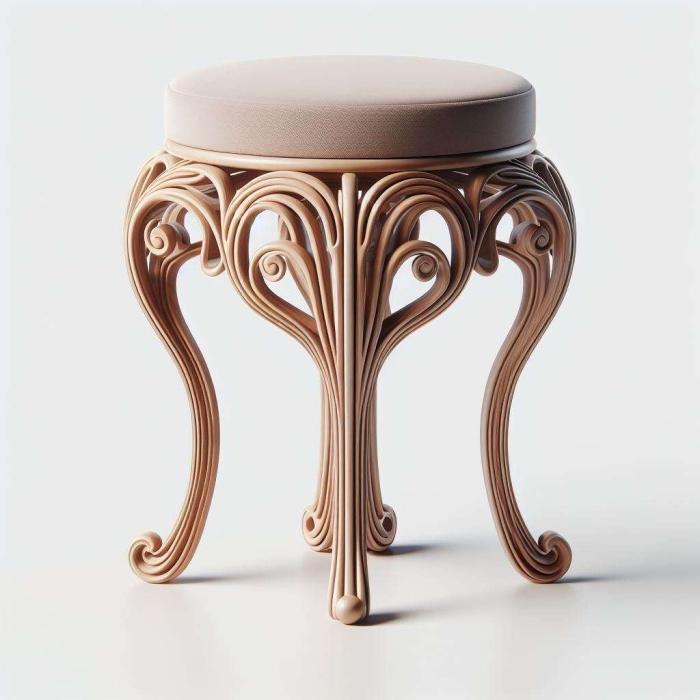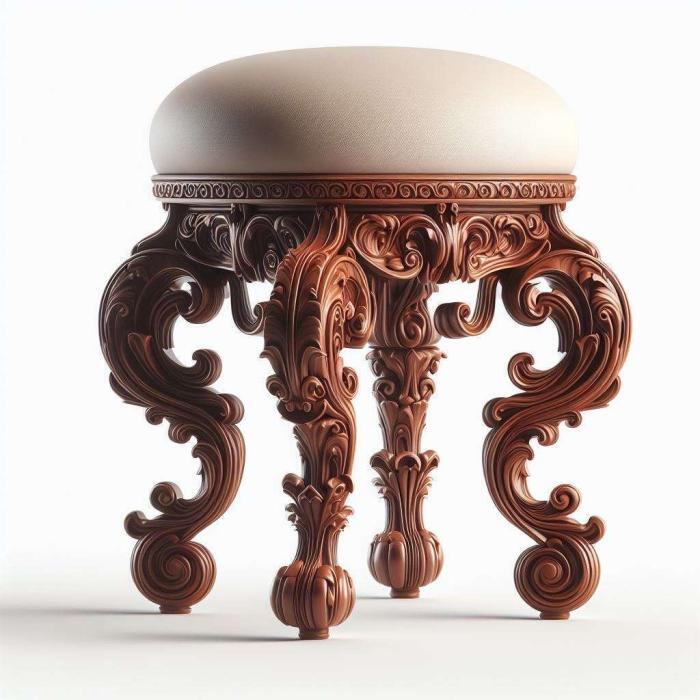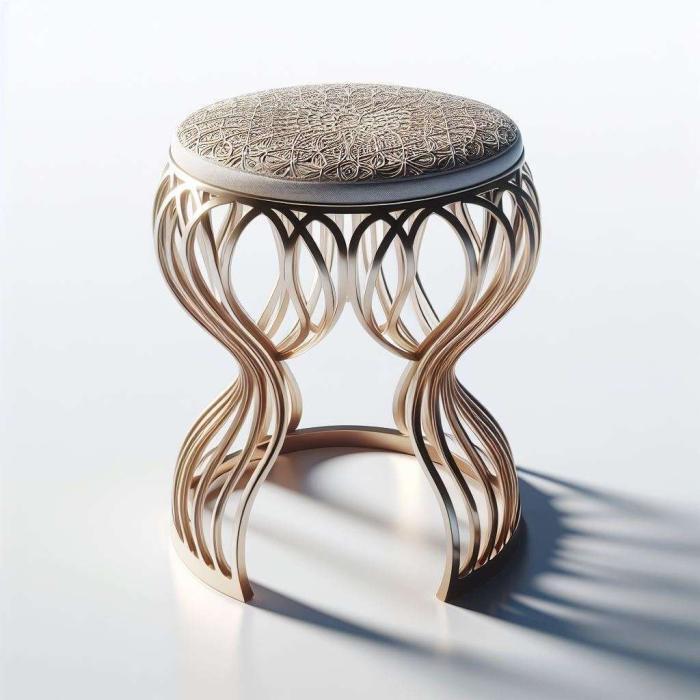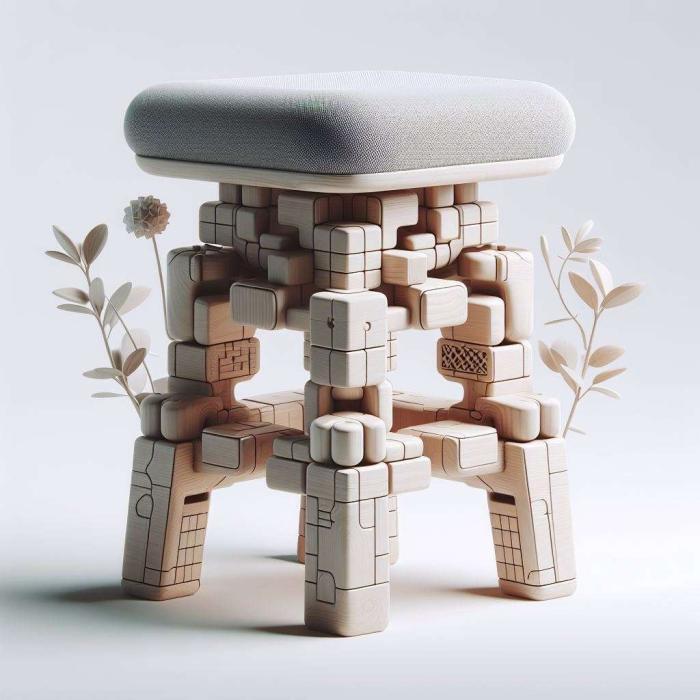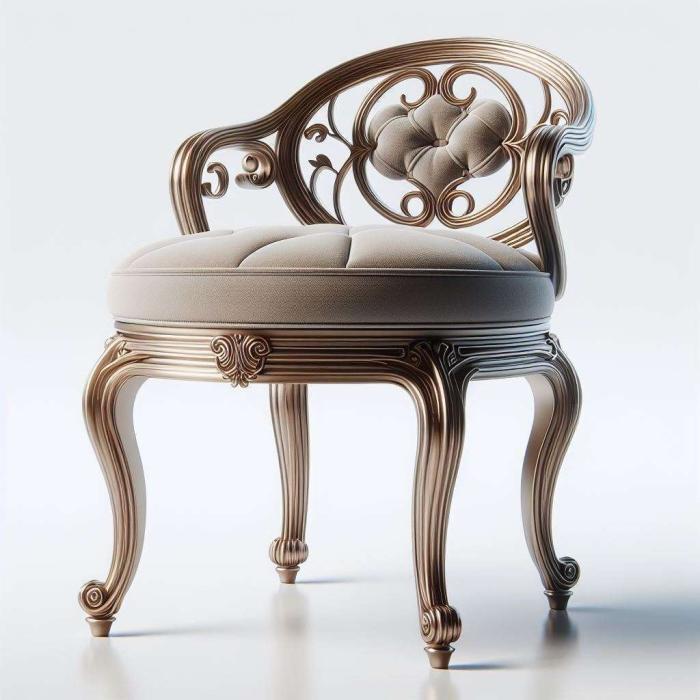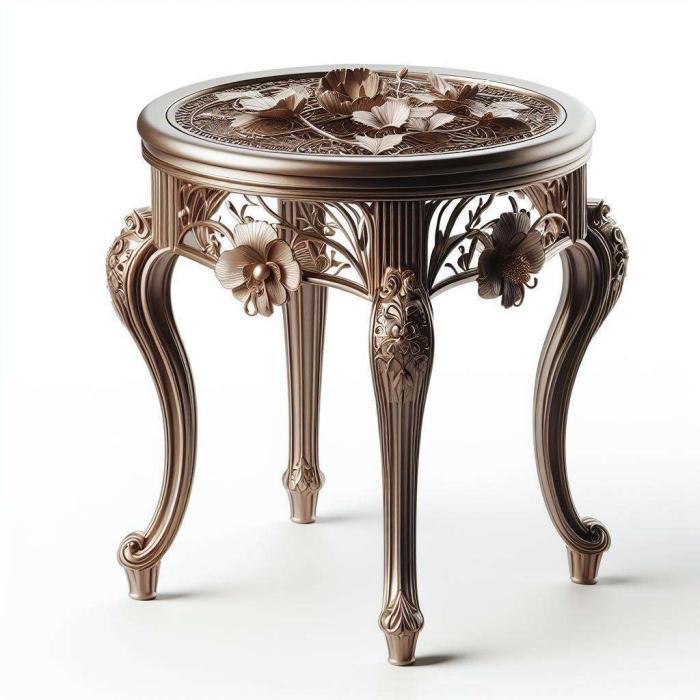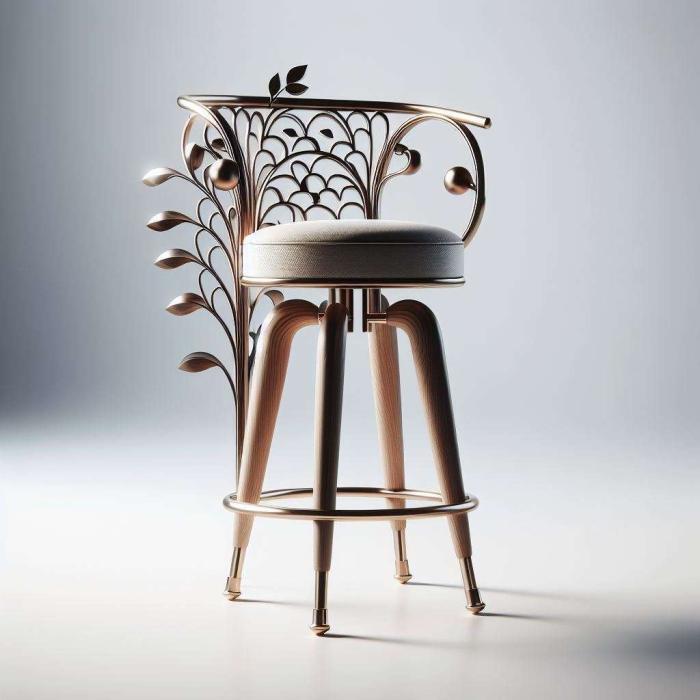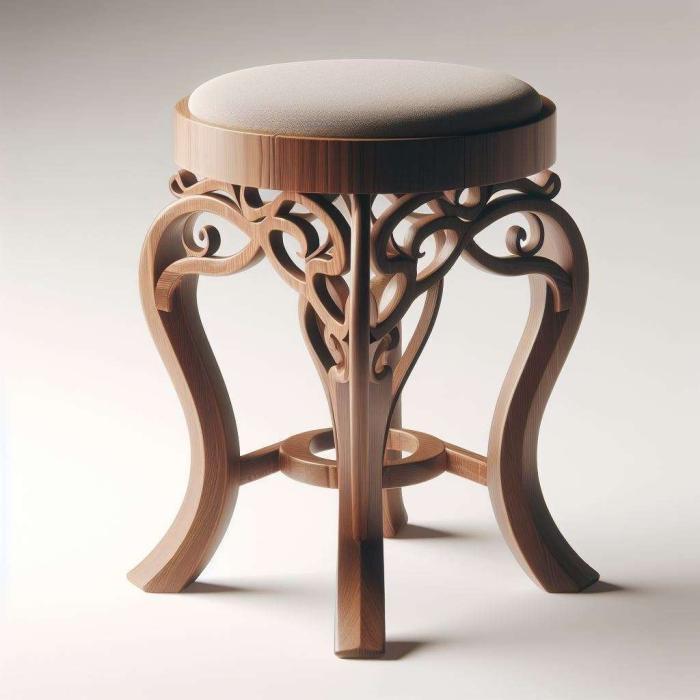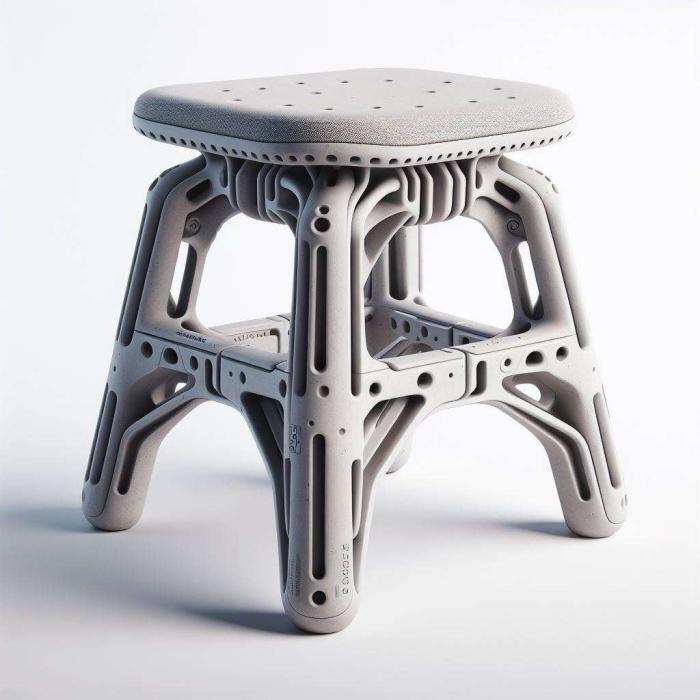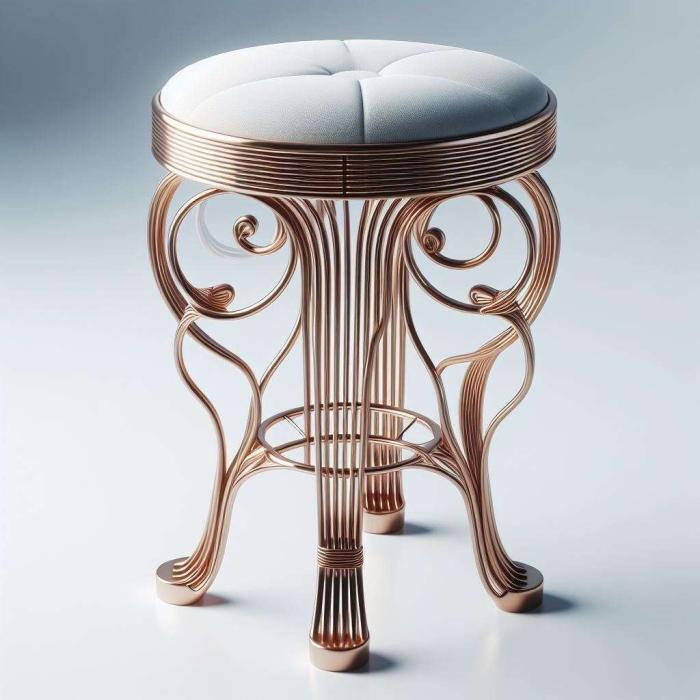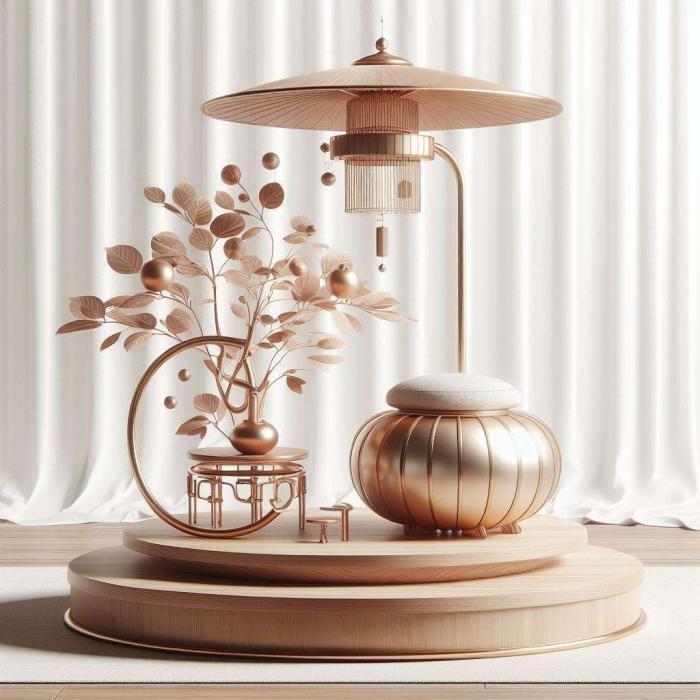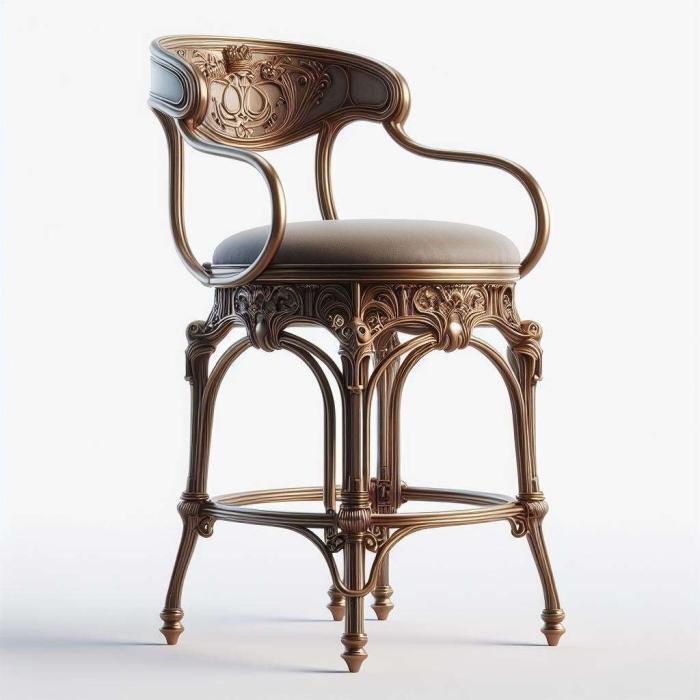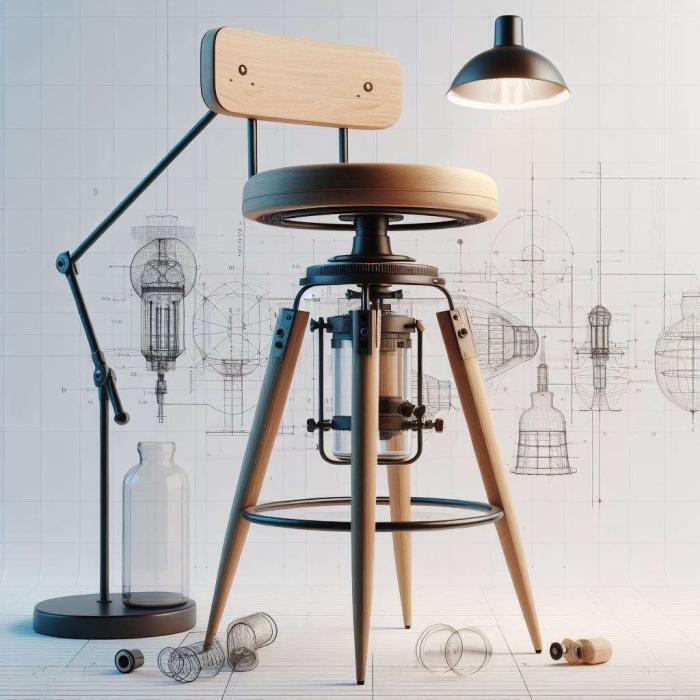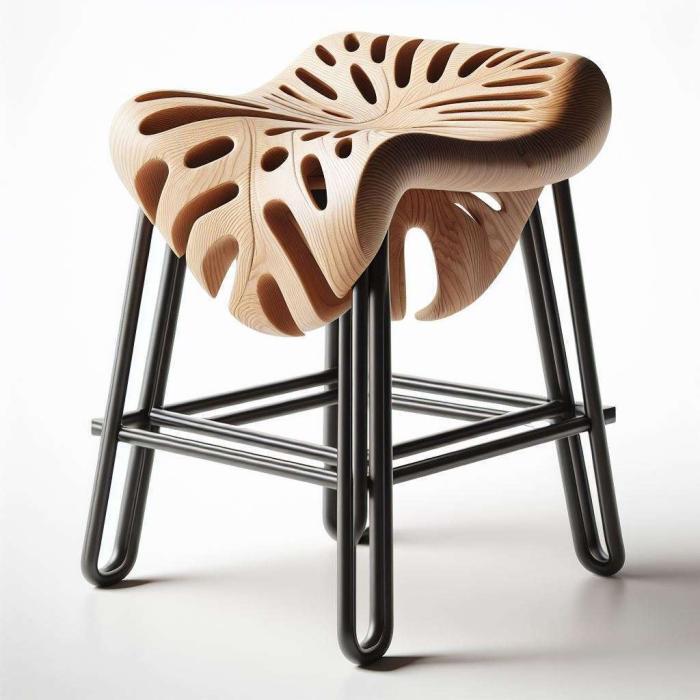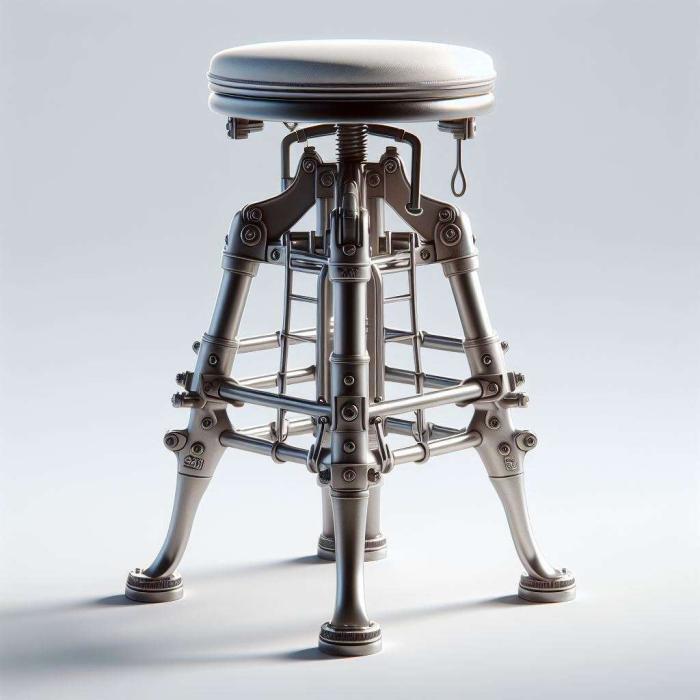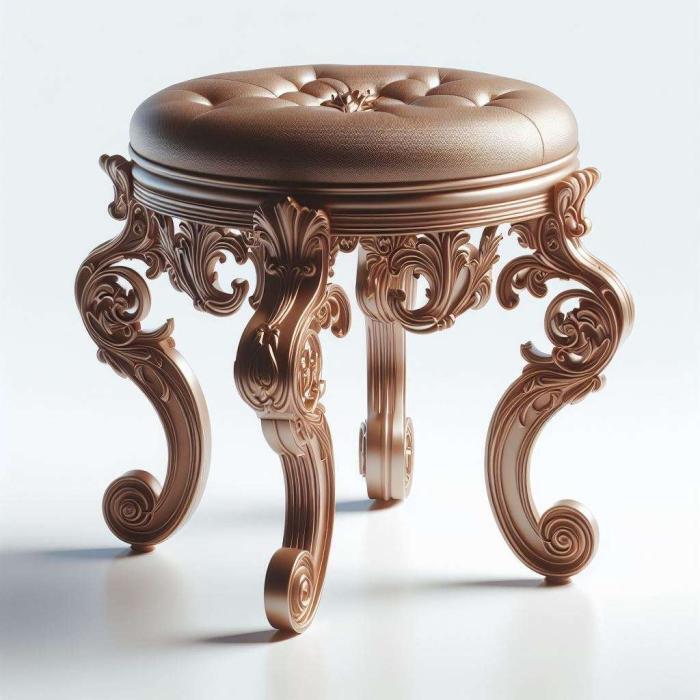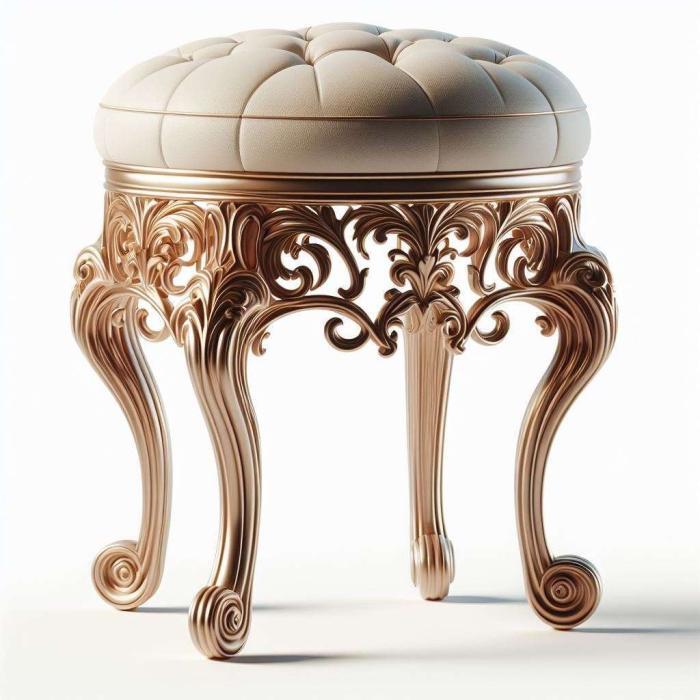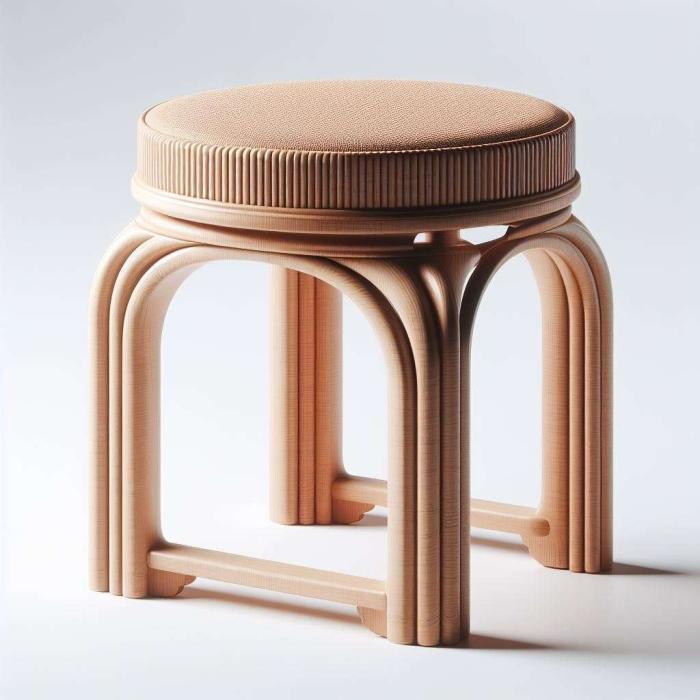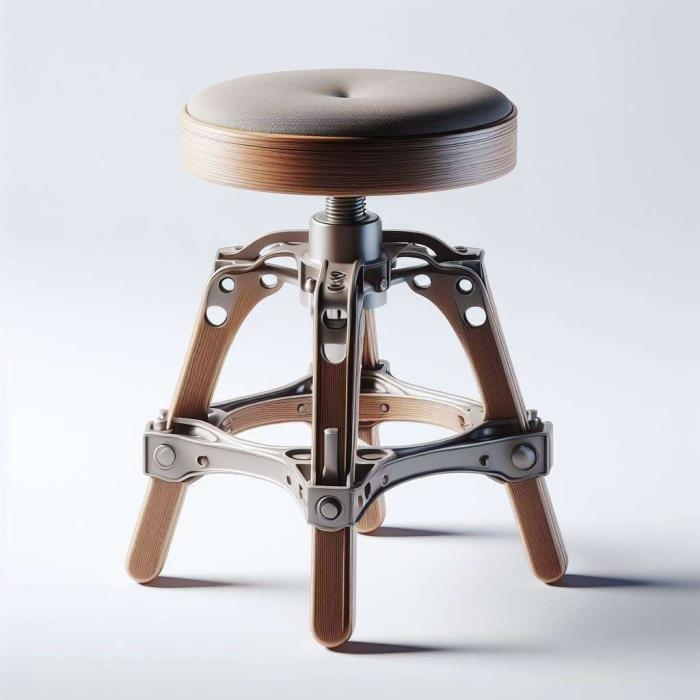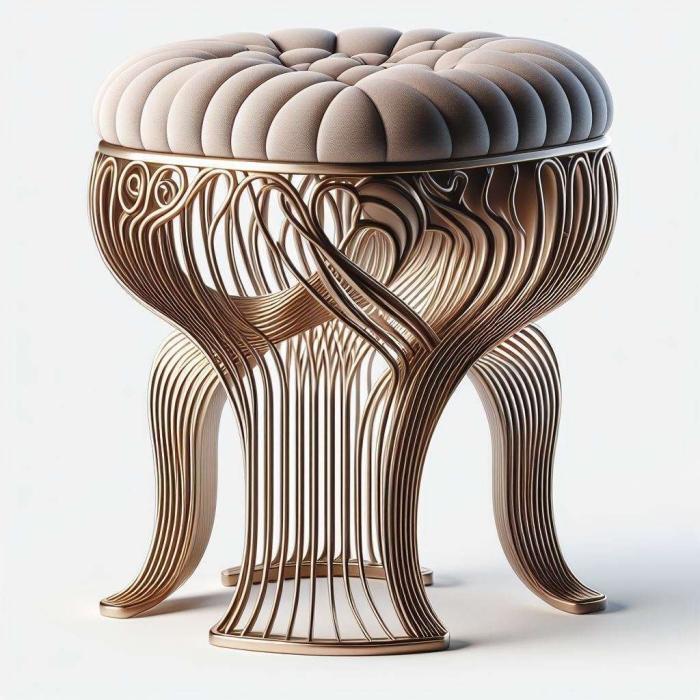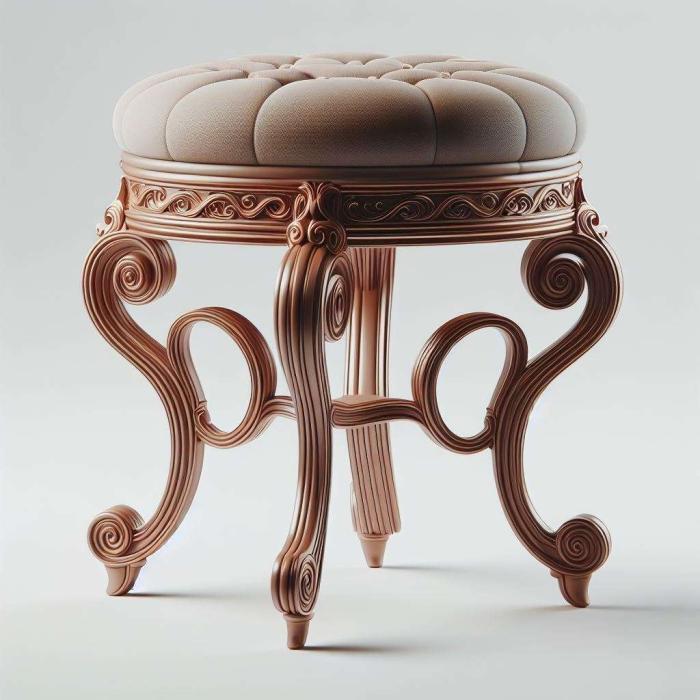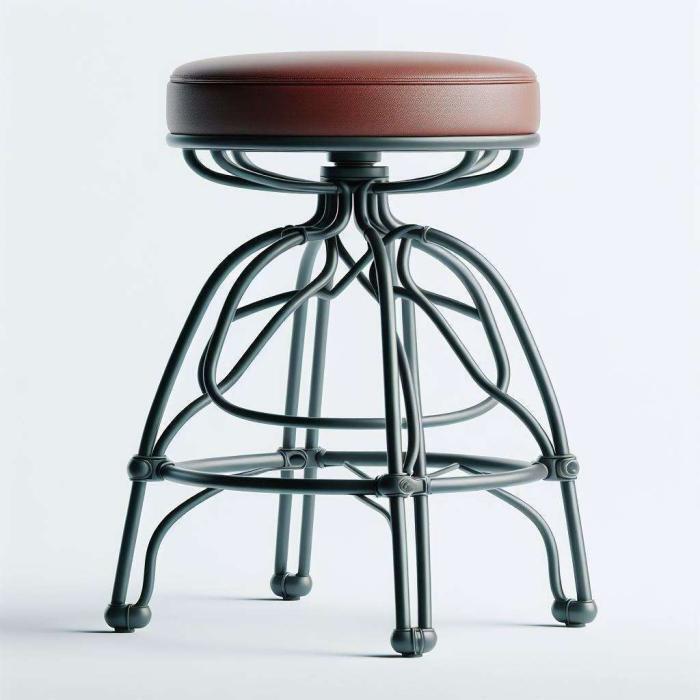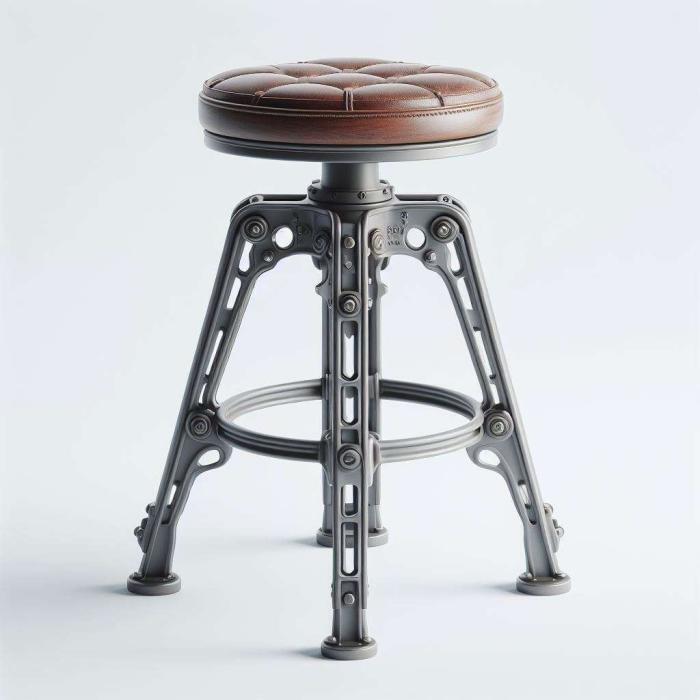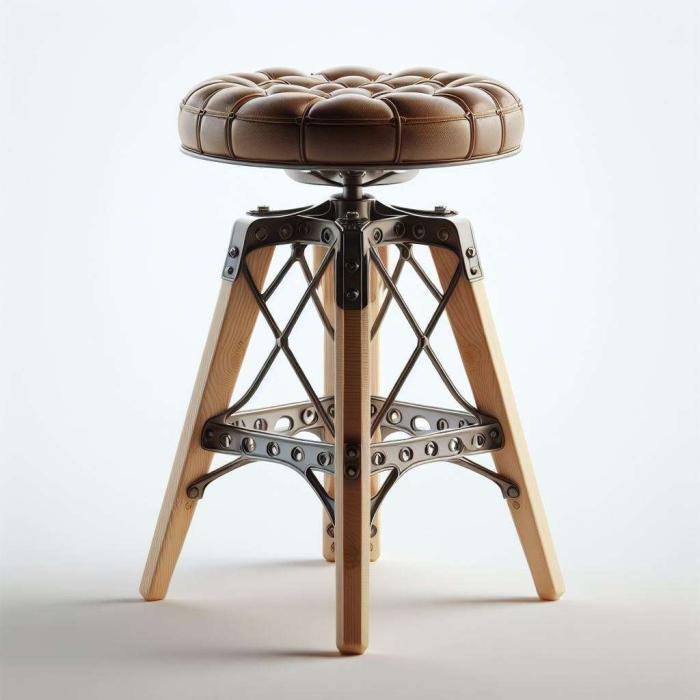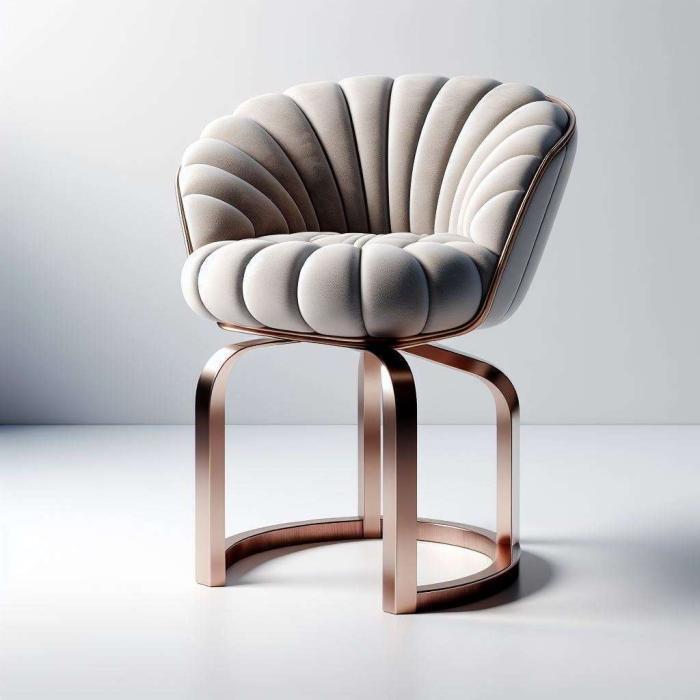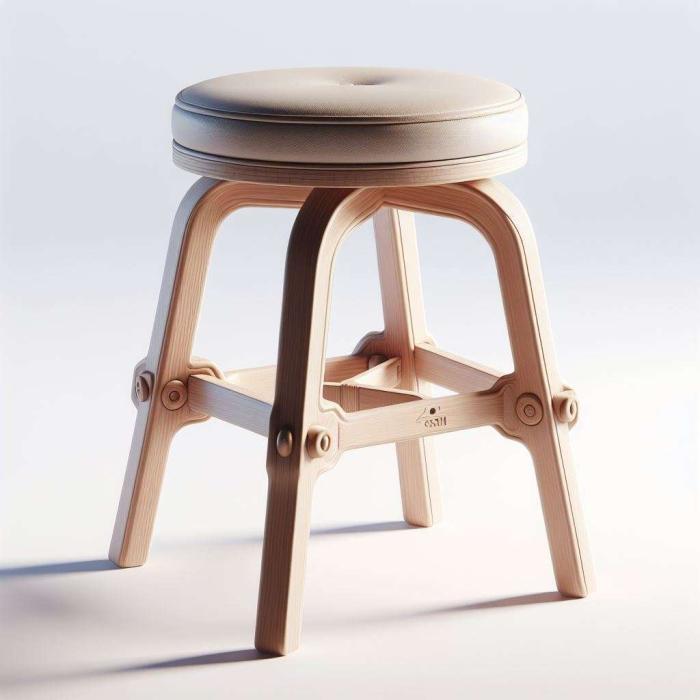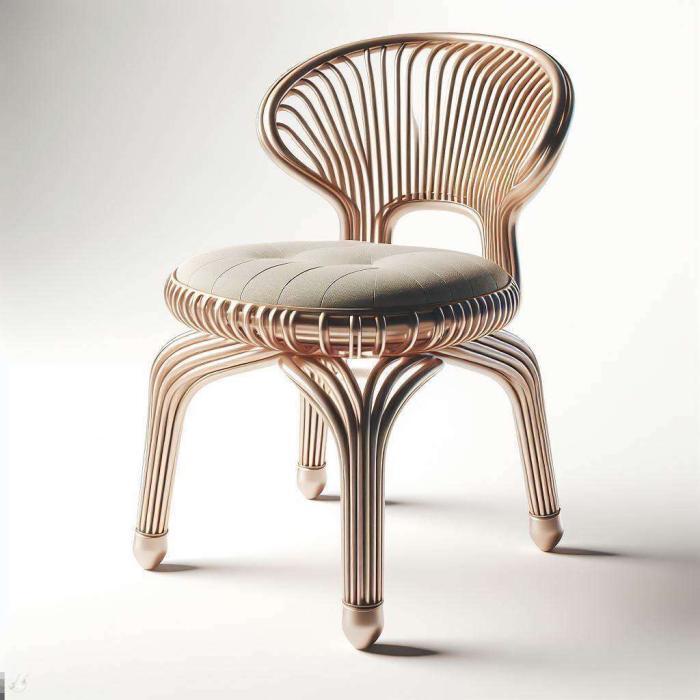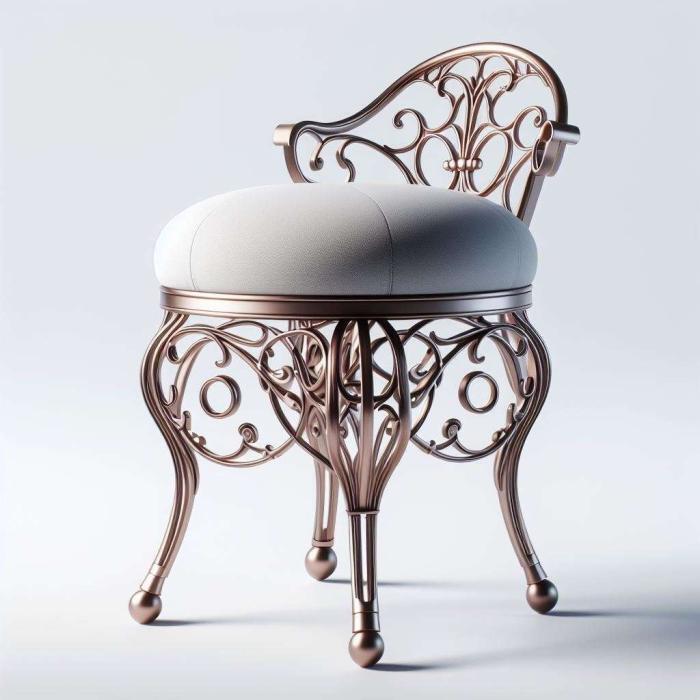AI Based Design
Stool Design
The design of stools is a fascinating fusion of functionality and aesthetic expression. A well-designed stool combines comfort with an appealing visual appearance. Shaping plays a key role in creating a comfortable seat that blends organically into different environments.
The choice of materials is a decisive factor in stool design. Whether wood, metal, plastic or a combination of different materials – the choice not only influences the aesthetics, but also the durability and ease of care of the stool.
Ergonomics also play an important role in ensuring that the stool is both comfortable and functional. The height, the inclination of the seat and, if necessary, backrests or armrests should be adapted to enable a comfortable sitting position.
In terms of style, stools can be versatile – from simple, timeless designs to creative, avant-garde shapes. The colour palette and finish help to give the stool a personal touch and adapt it to different furnishing styles.
Whether as a practical piece of seating, a side table or a decorative element, the design of stools allows for a wide range of uses, making them a multifaceted element in the world of furniture design.
What are important aspects in the design of a stool?
Several crucial aspects play a role in the design of a stool to ensure an optimal combination of functionality, aesthetics and ease of use:
- Ergonomics: The seat height, shape and inclination of the seat should be ergonomically designed to allow for a comfortable and natural sitting position. This is especially important if the stool is going to be used for long periods of time.
- Choice: The choice of materials affects not only the appearance, but also the durability and maintenance of the stool. Wood, metal, plastic, upholstery materials – the combination of materials should take into account the intended use and the desired style.
- Style and aesthetics: The design of the stool should fit into the overall style of the environment. The shape, color and finish help to give the stool an aesthetic value and make it a harmonious part of the design.
- Functionality: Depending on the intended use, the functionality of the stool may vary. Considerations of stackability, foldability, or additional features such as a swivel function may be relevant, especially if the stool is to be used flexibly.
- Stability and durability: A well-designed stool should be sturdy and sturdy to withstand the rigors of daily use. The design and quality of the connections are crucial.
- Versatility: A versatile stool can be used in different rooms and situations. A well-thought-out design makes it possible to use the stool as a seat as well as a side table or decorative element.
- Sustainability: In the wake of increasing environmental awareness, the consideration of sustainable materials and manufacturing processes is an important aspect in the design of furniture, including stools.
By paying careful attention to these aspects, it is possible to create a stool that is not only functional, but also aesthetically pleasing and adaptable to different needs and environments.
